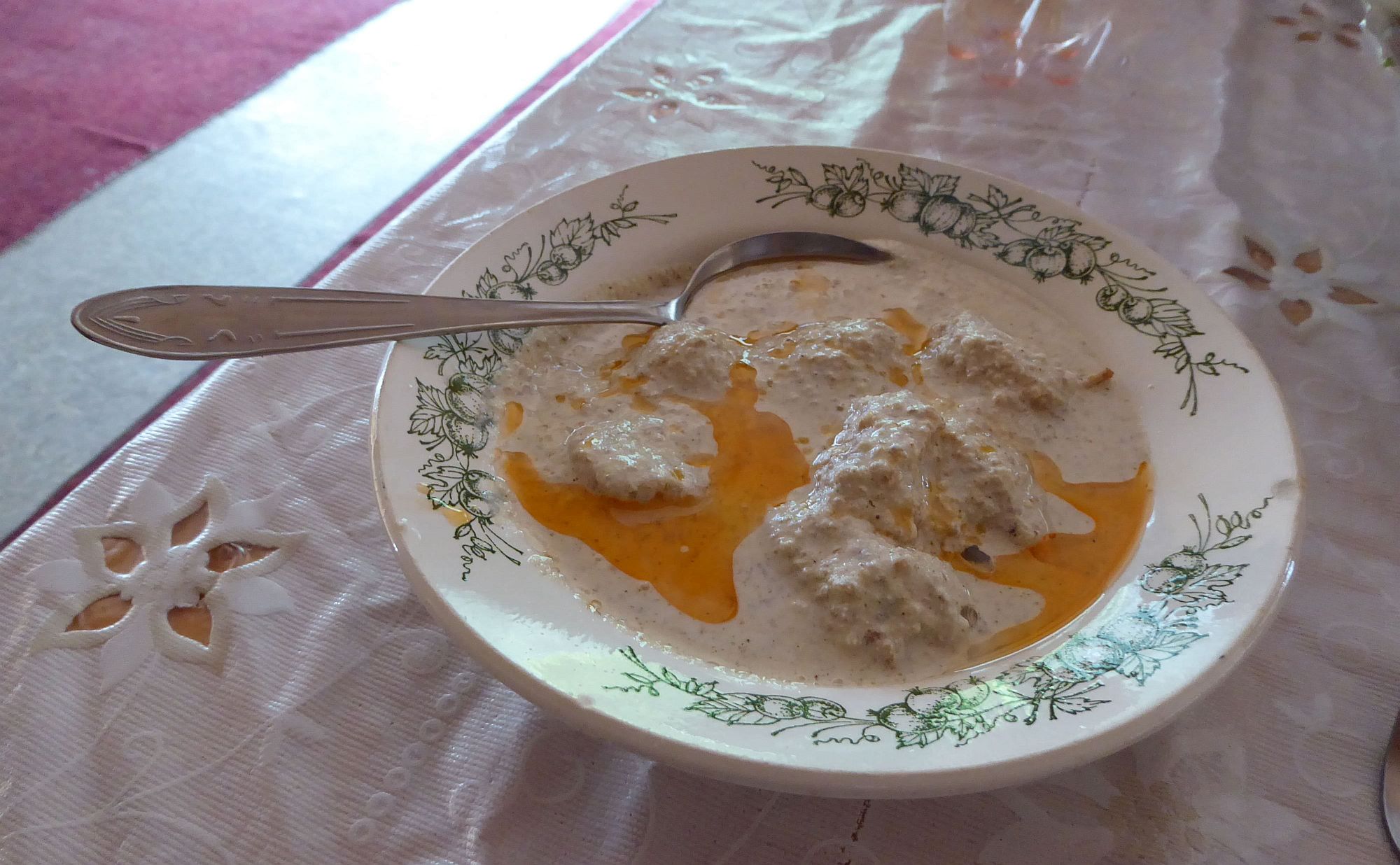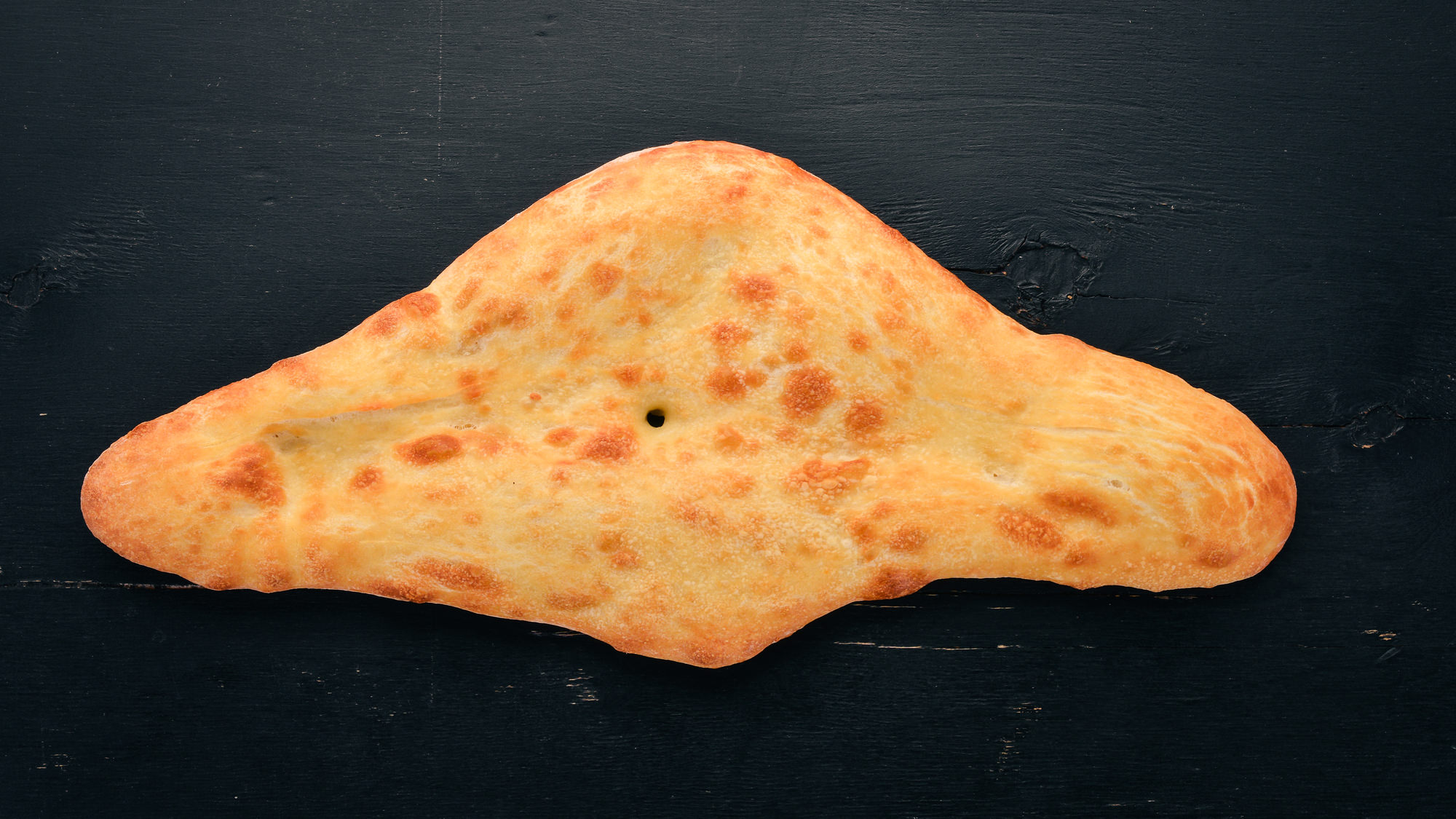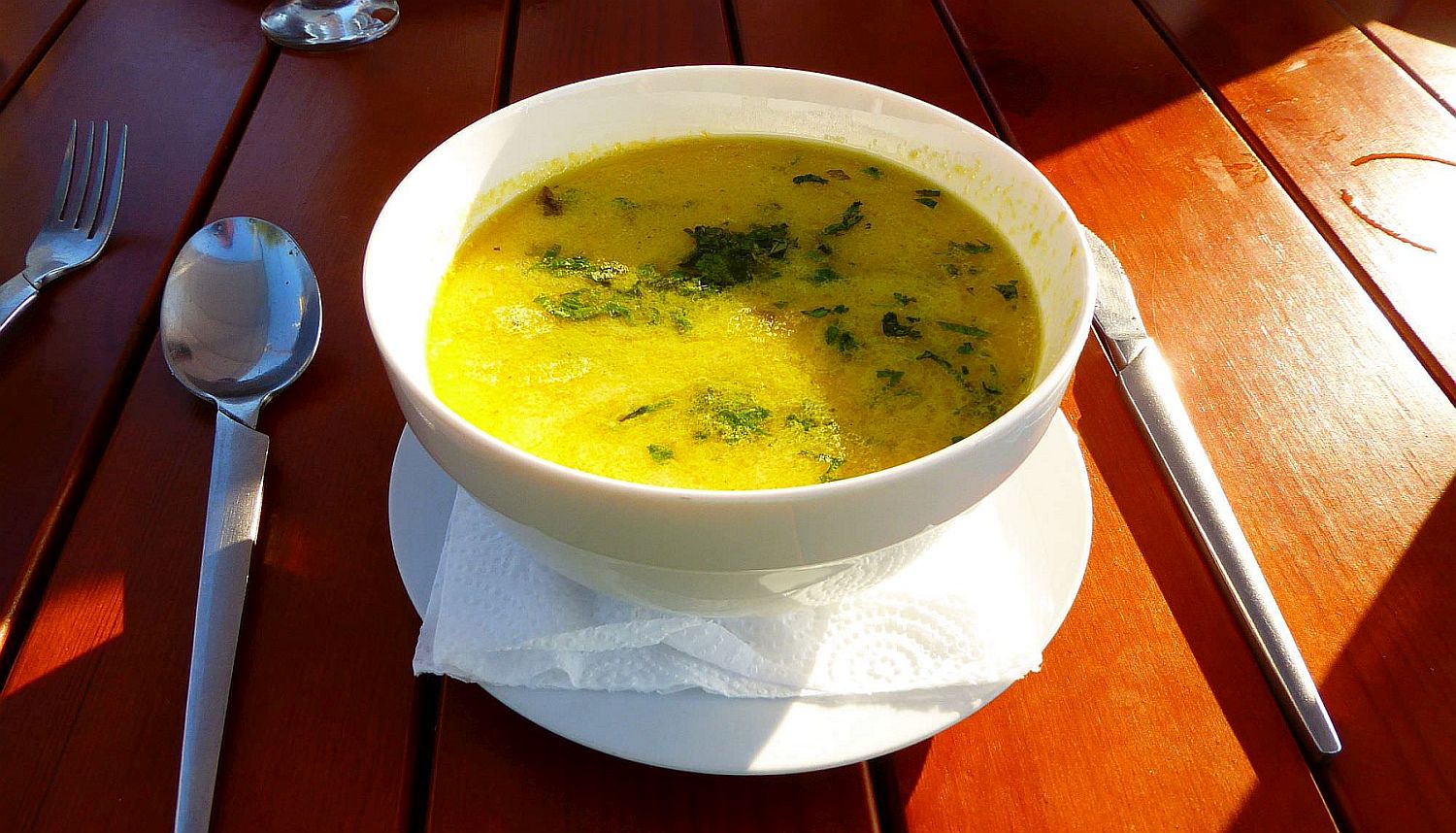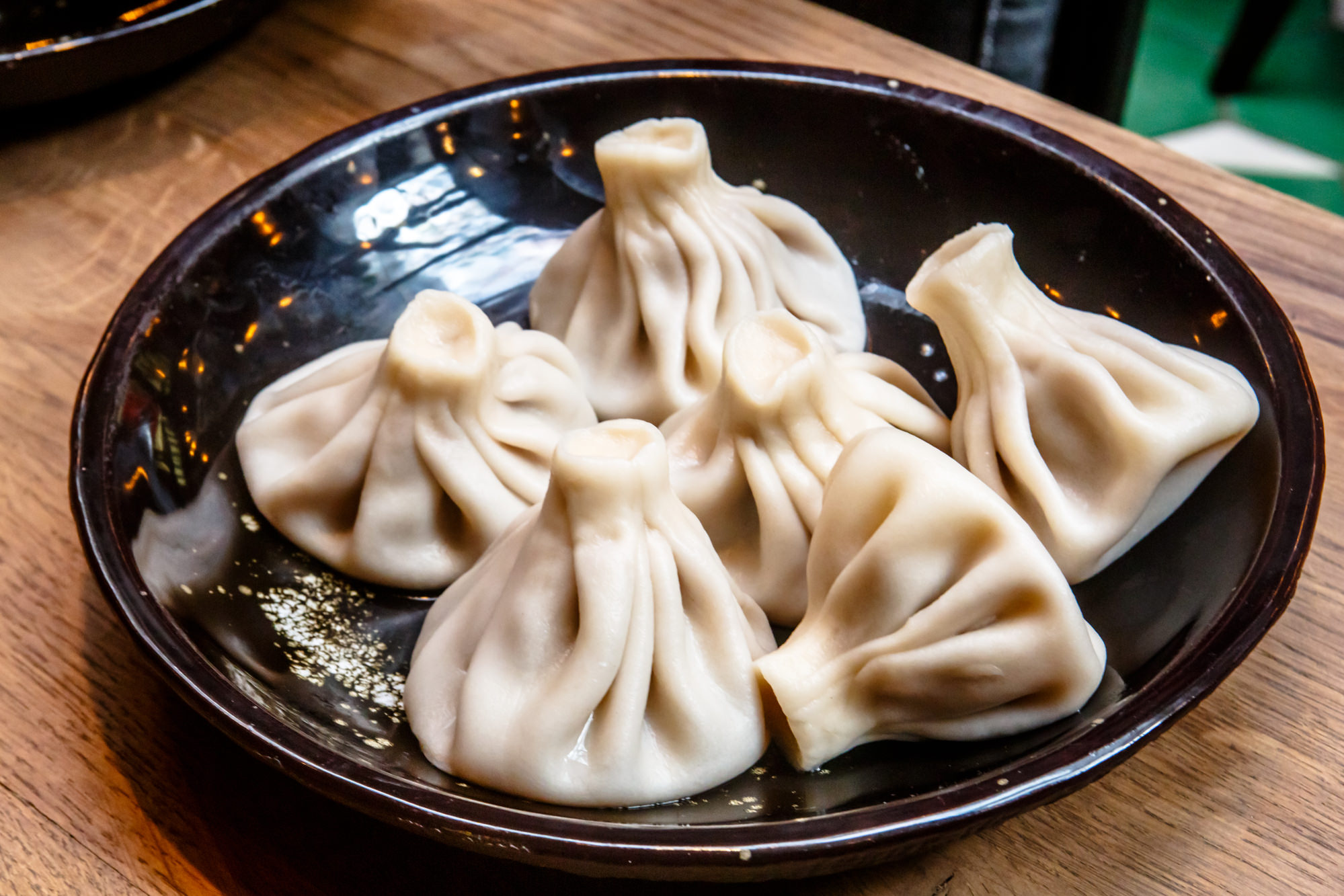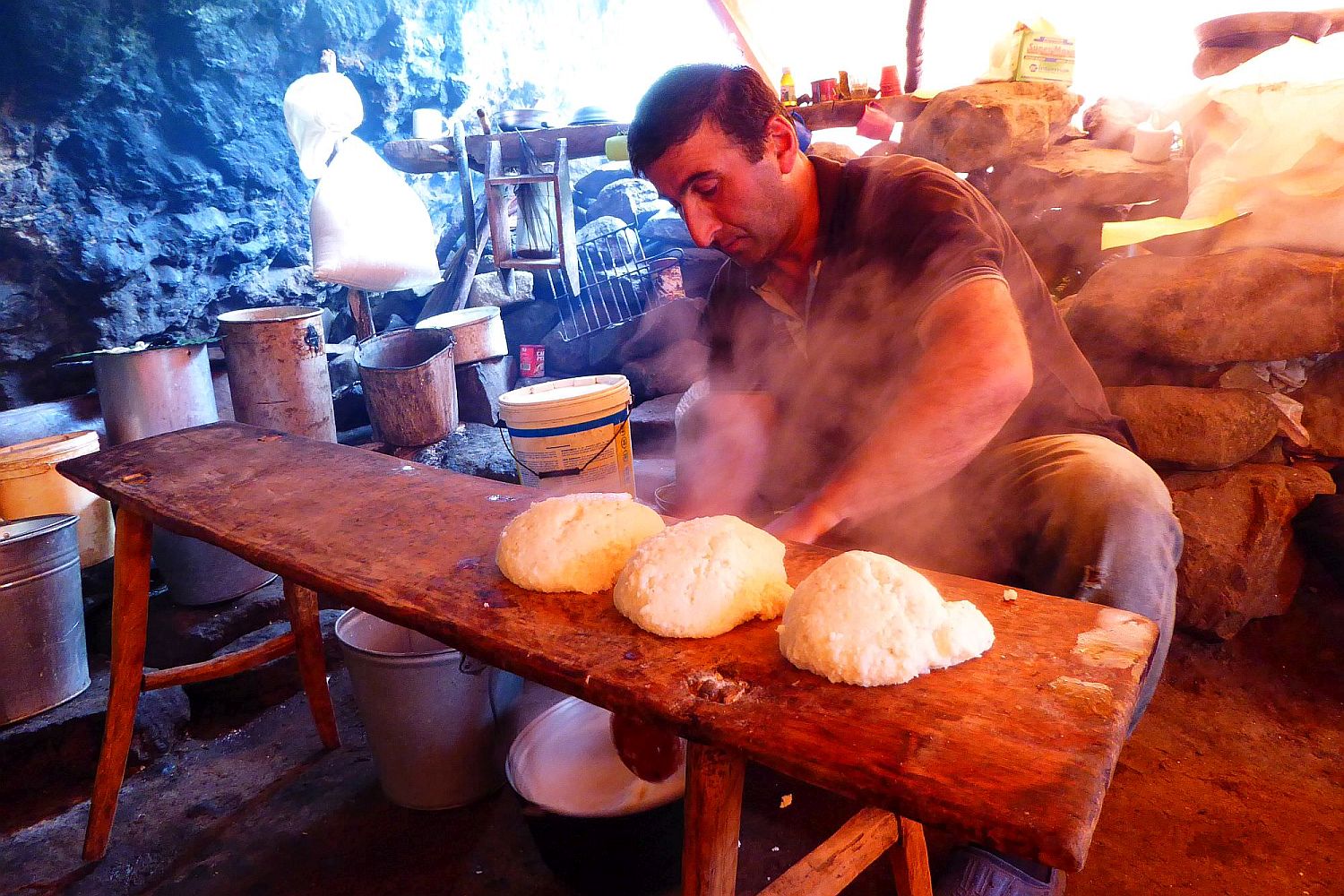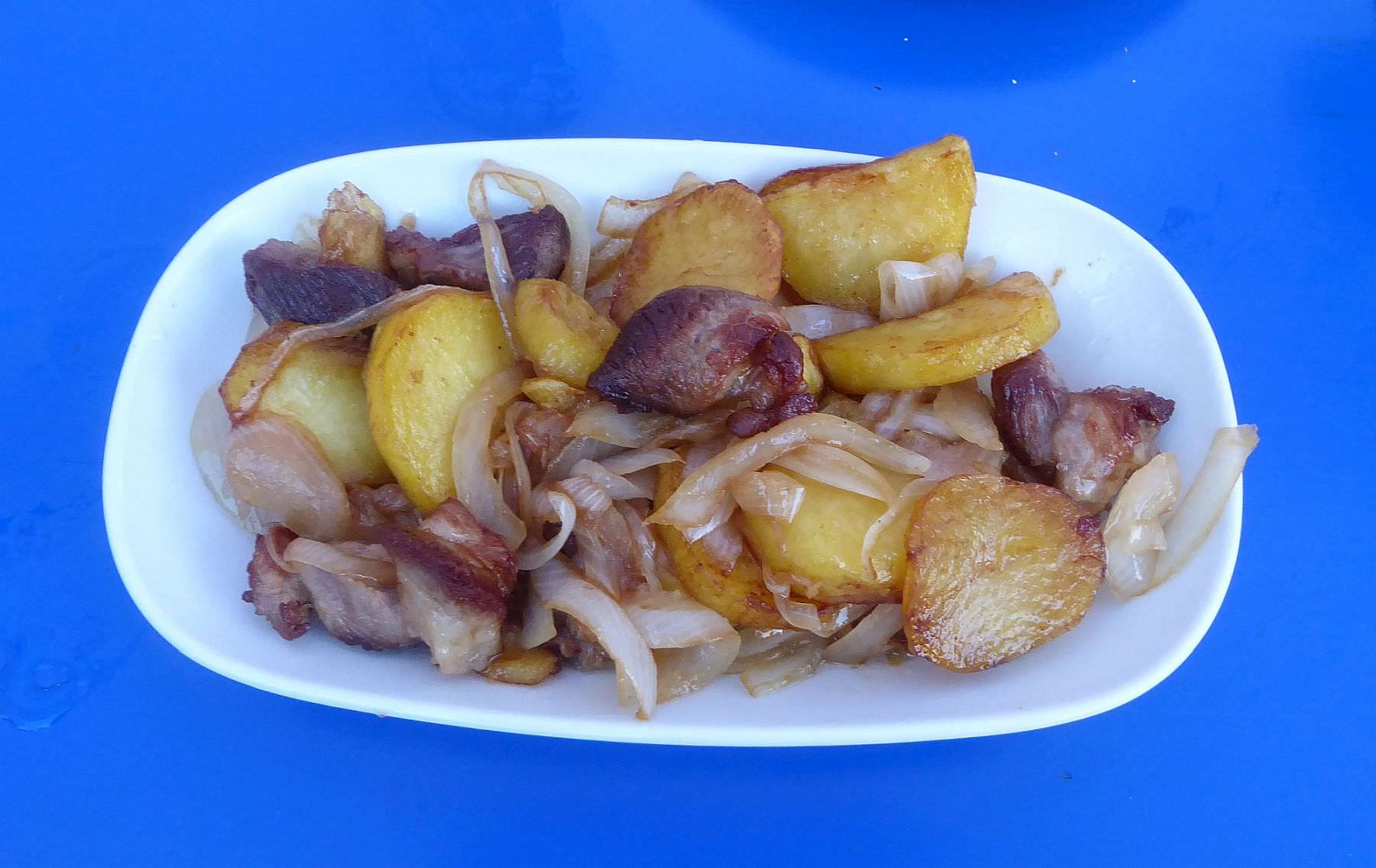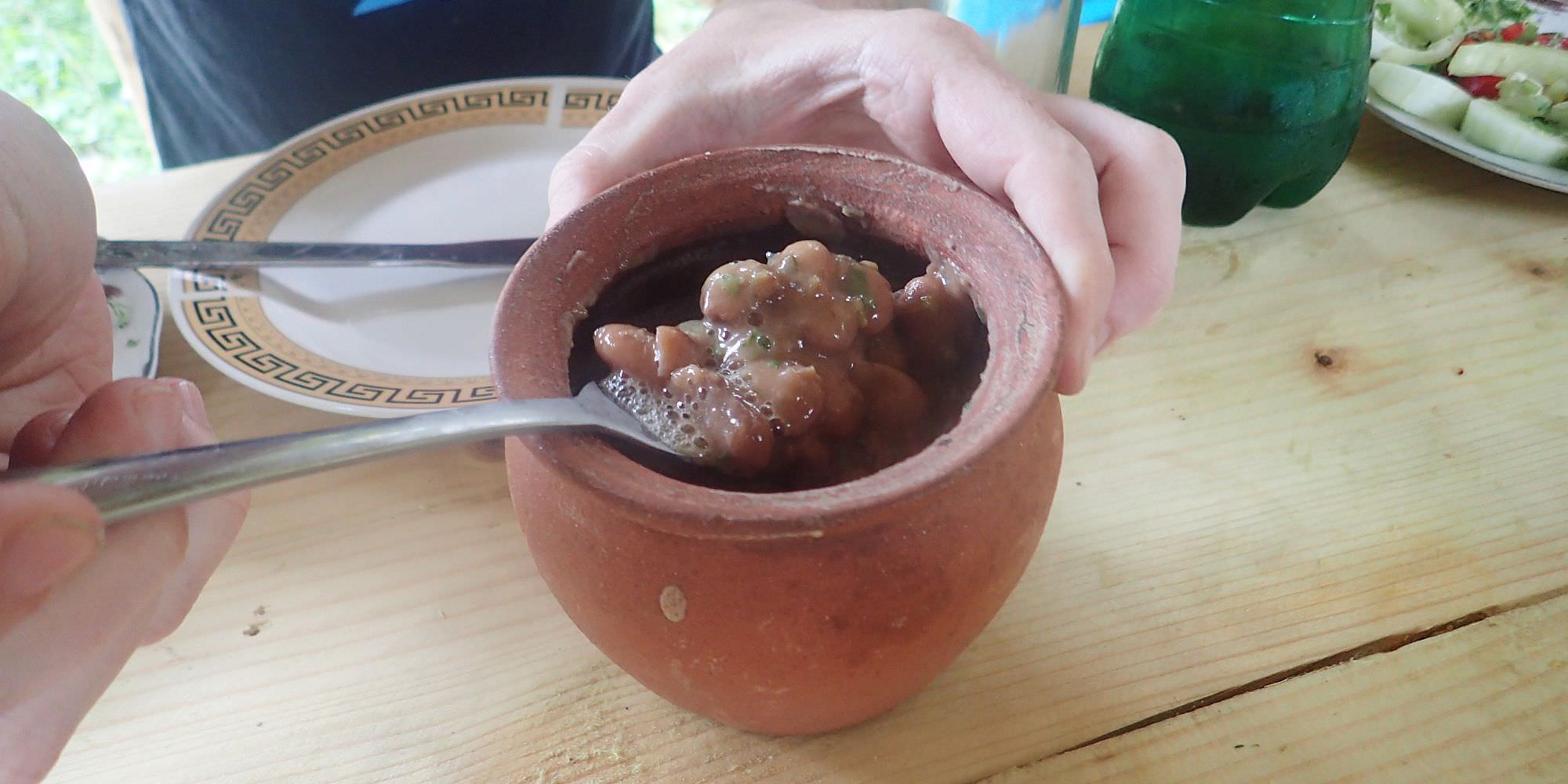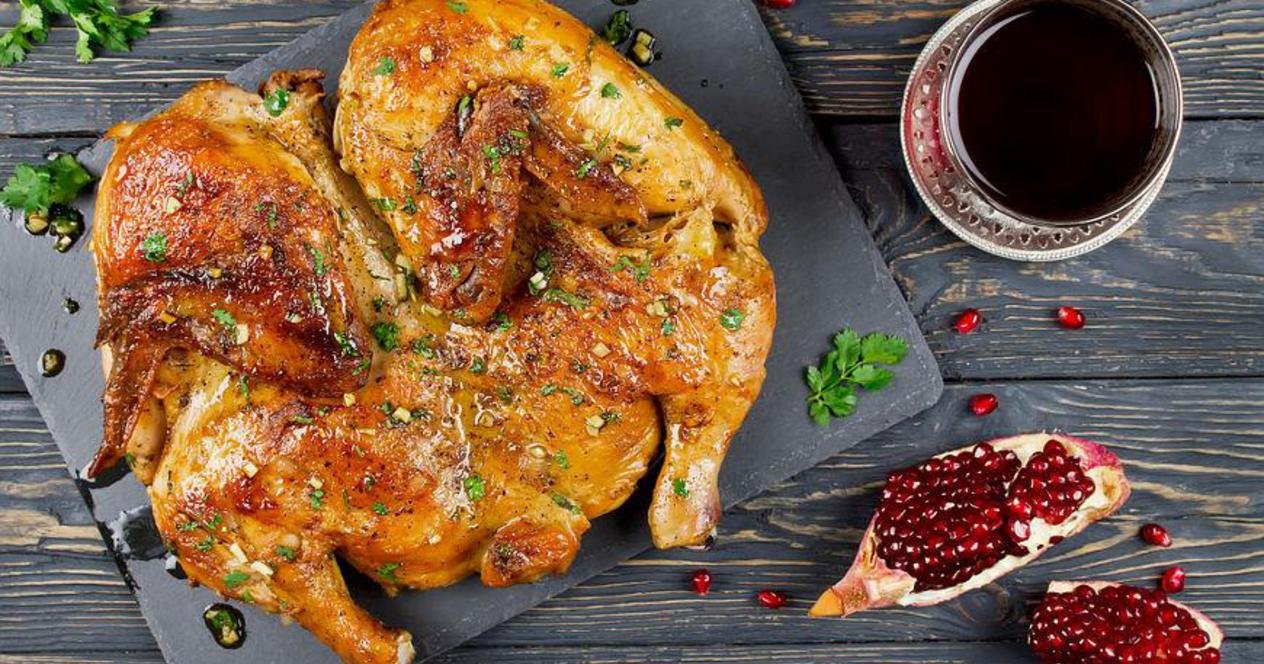

Georgians are inextricably linked with food. OK, I reading it now, I see that this statement is valid for each nation. Still, it can´t be denied that the food plays in the Georgian culture a very important role. The feast is not just a pretext to stuff one´s belly but mainly a social event and a kind of a ritual with a special set of rules (which I won´t elaborate on here, a lot has been written about them already).
Georgian cuisine reflects the dramatic history of the country - looking at it, it´s possible to recognize the influence of the local superpowers (mainly Persia and Russia), which for a long time fought for the control here. Still, it has managed to retain its original character. It can be recognized especially by its widespread usage of walnuts - the Georgian cooks are able to put these ingredients virtually everywhere.
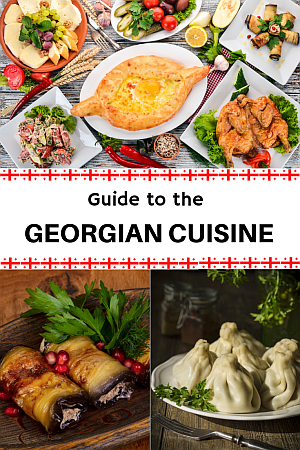
Apart from that, traditional Georgian food is quite "heavy", it uses lots of meat, cheese, and leavened dough. That is balanced by vegetable salads, which are often eaten as side dishes. For the seasoning is used (except of the omnipresent walnuts) mostly garlic and also herbs such as coriander, tarragon or dill.
Disclaimer: Cuisines of the Caucasus region serve not only a source of pride, but often also as an excuse for bitter arguments. Since none of them developed in isolation and there are only so many ways to combine ingredients available there, you can sometimes find similar dishes also in Armenian, Turkish or Persian cuisines. Naturally, people tend to believe that their dish is the original ones and the other ones are just some bland knock-offs. As a result, sometimes I get emails with complaints that I am a thief since I list also dishes which are not 100% Georgian.
So, to make it clear - the aim of this guide is to provide the information about dishes which have some tradition in Georgia, both native and adopted. So people understand those weird words on the menus. I don´t want to get into arguments about who invented what. I even don´t care that much on which side of the then non-existent border stood the first winery. If the dish is widespread over the larger region, I tend to mention it, but not always - I want to provide useful info, not flood you with unnecessary details so no reader in offended. Thank you for your understanding, now let's get to those dishes ;)
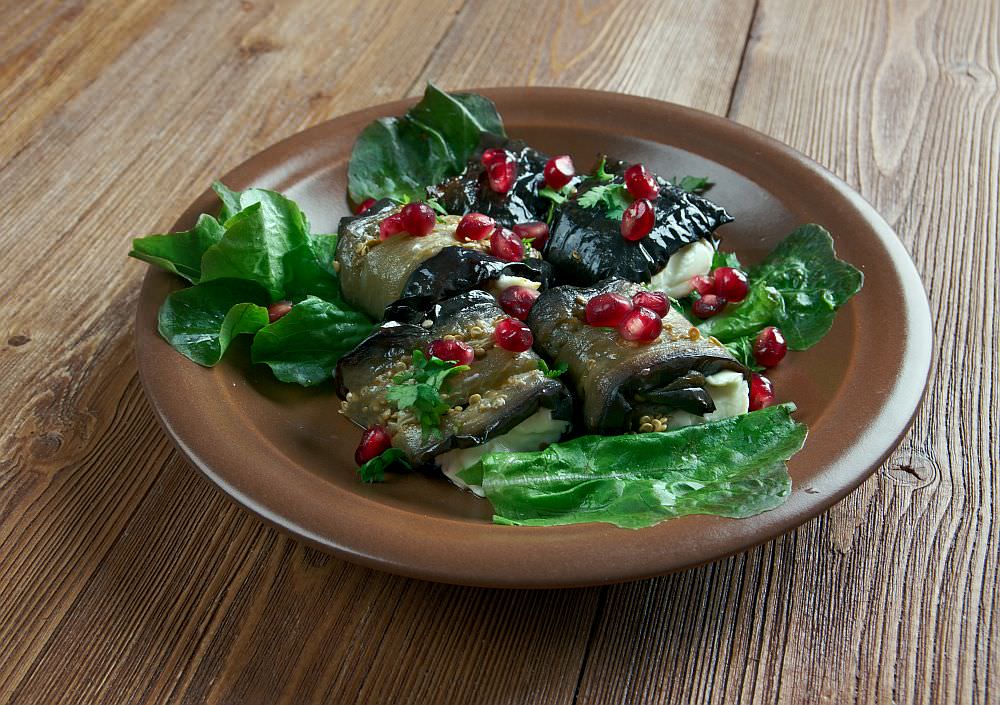
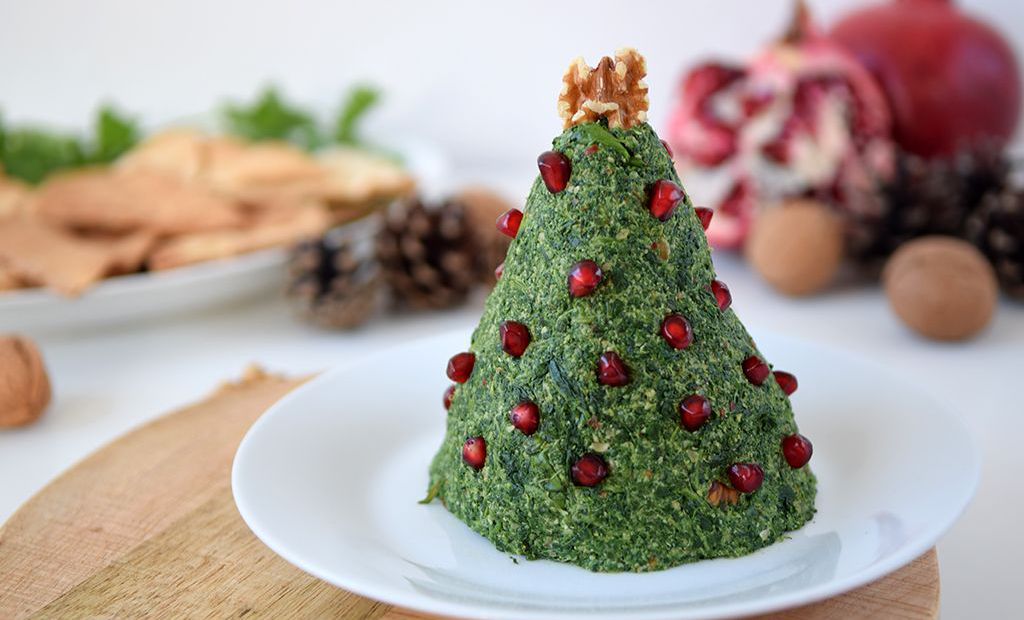
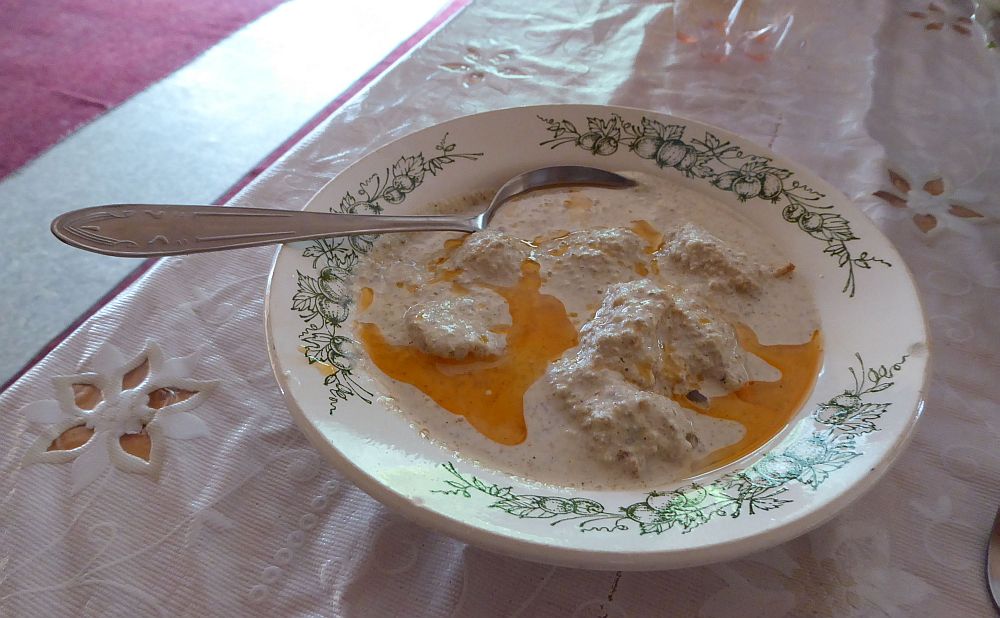
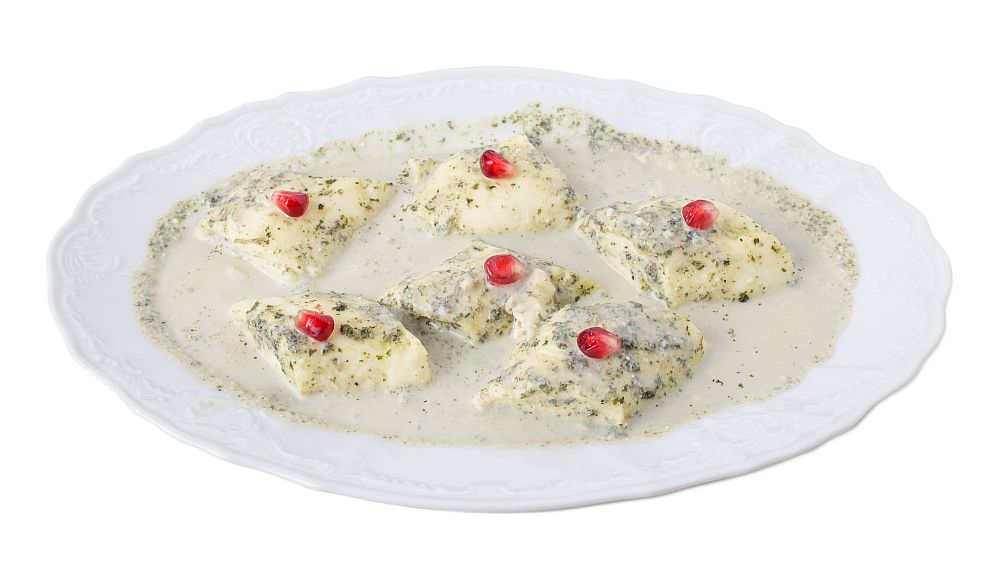
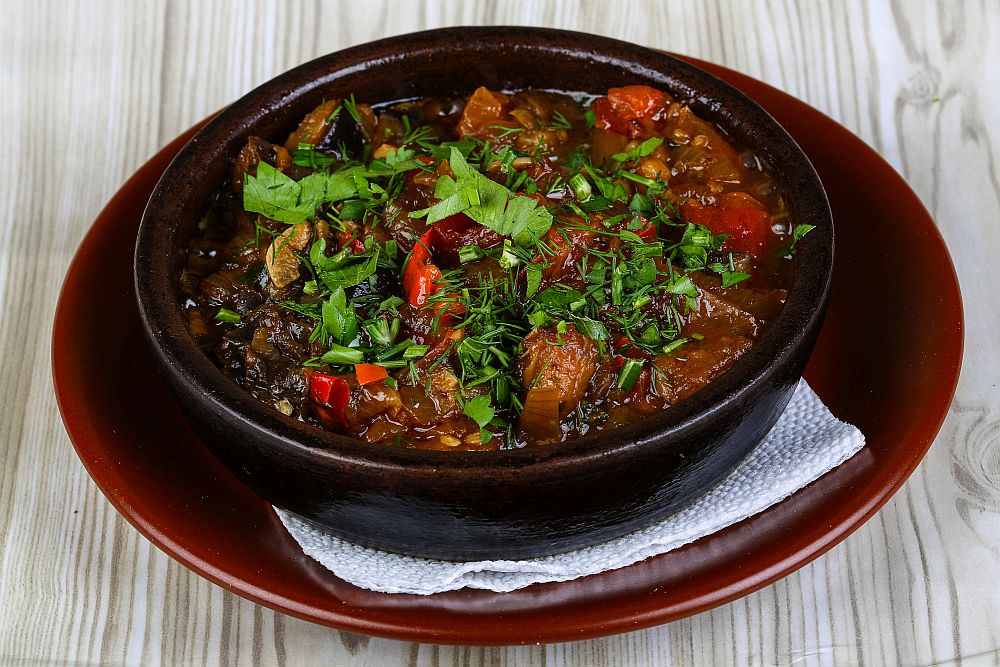
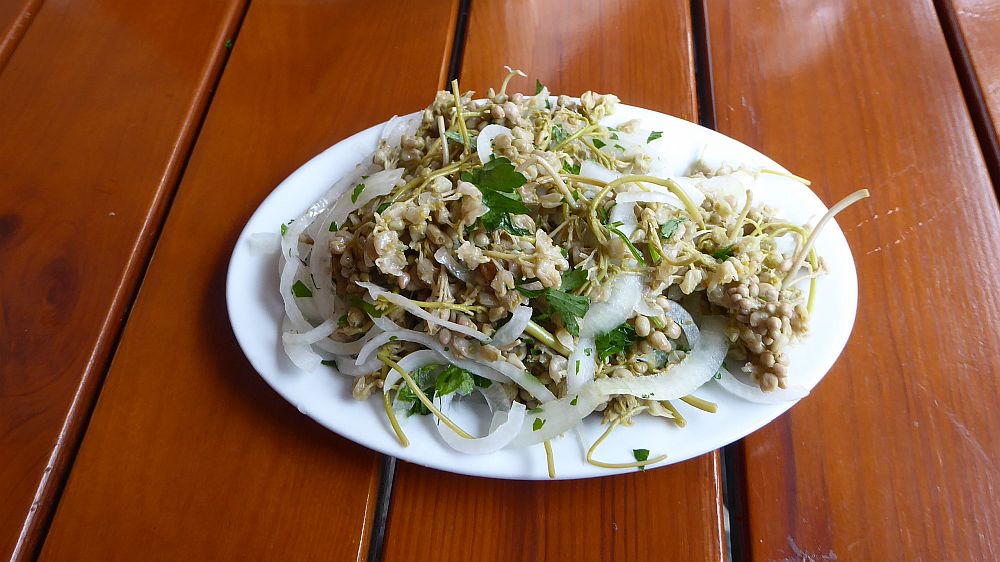
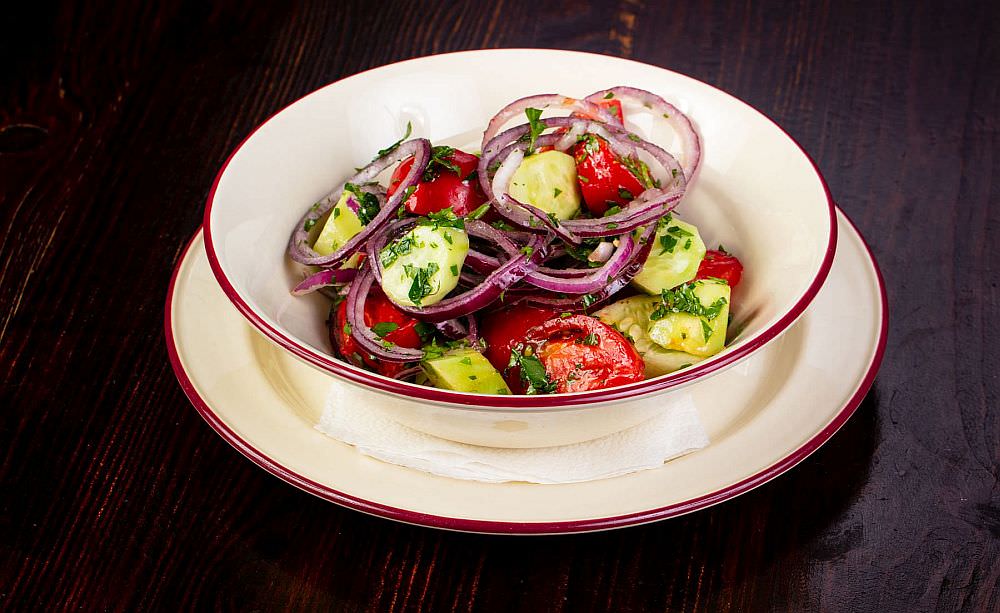
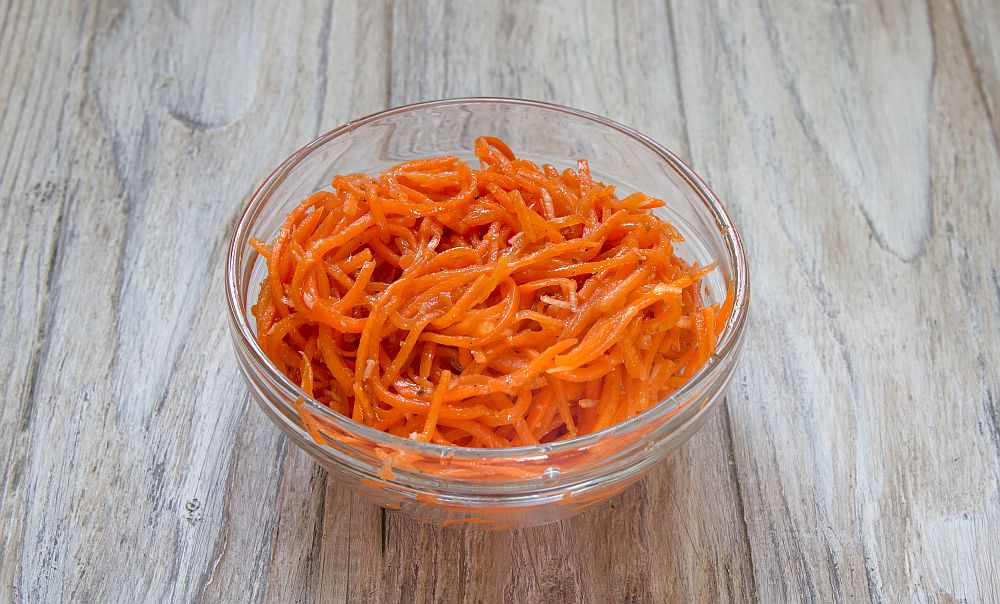
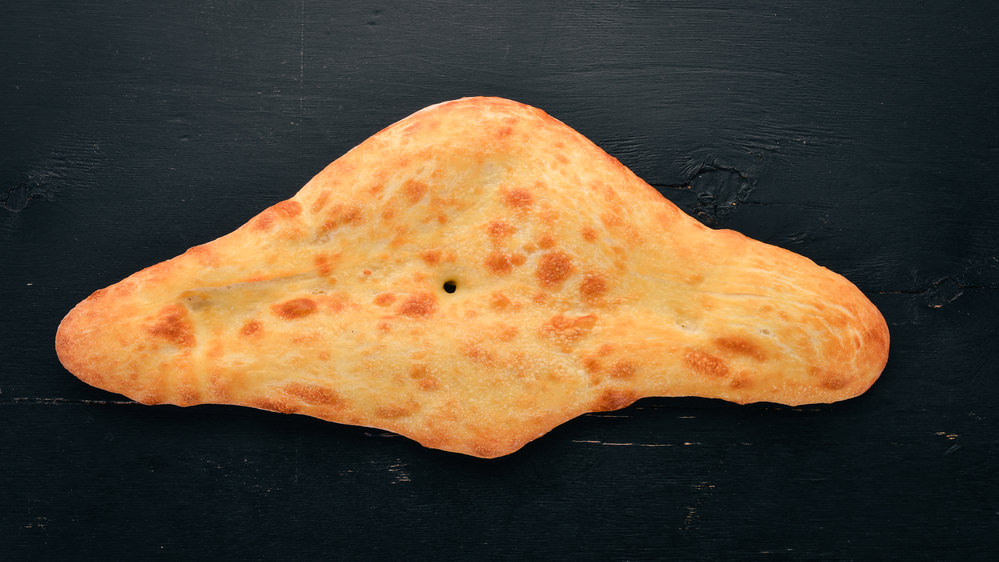
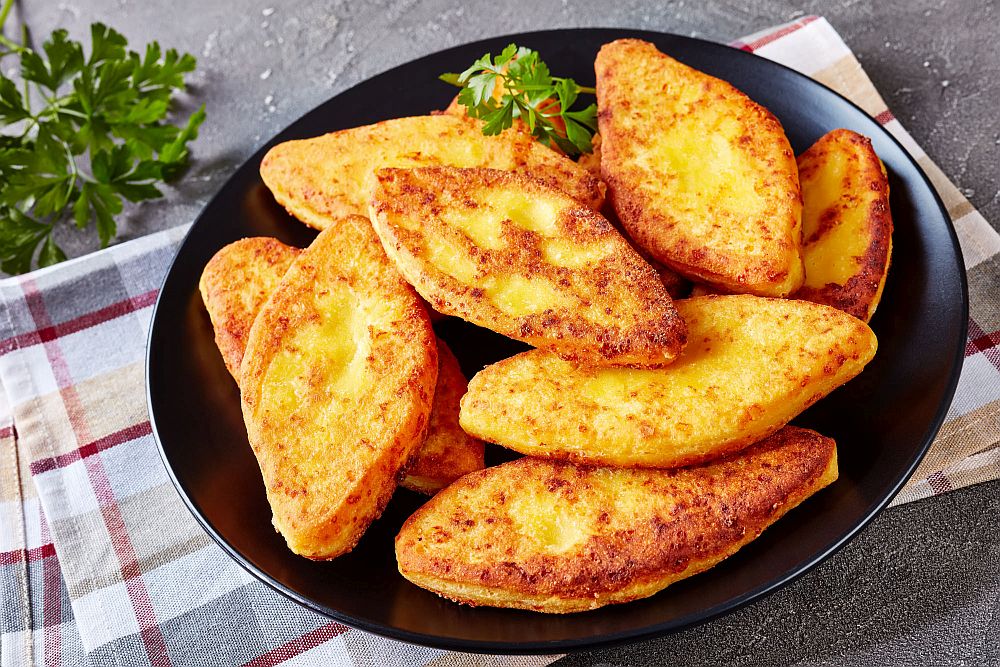
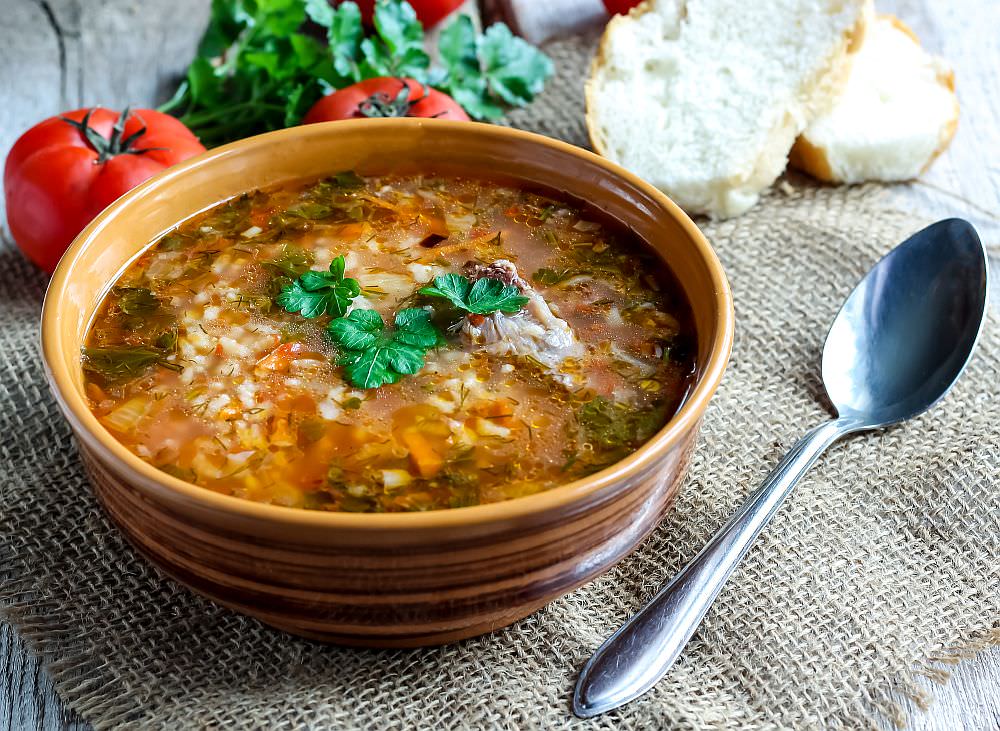
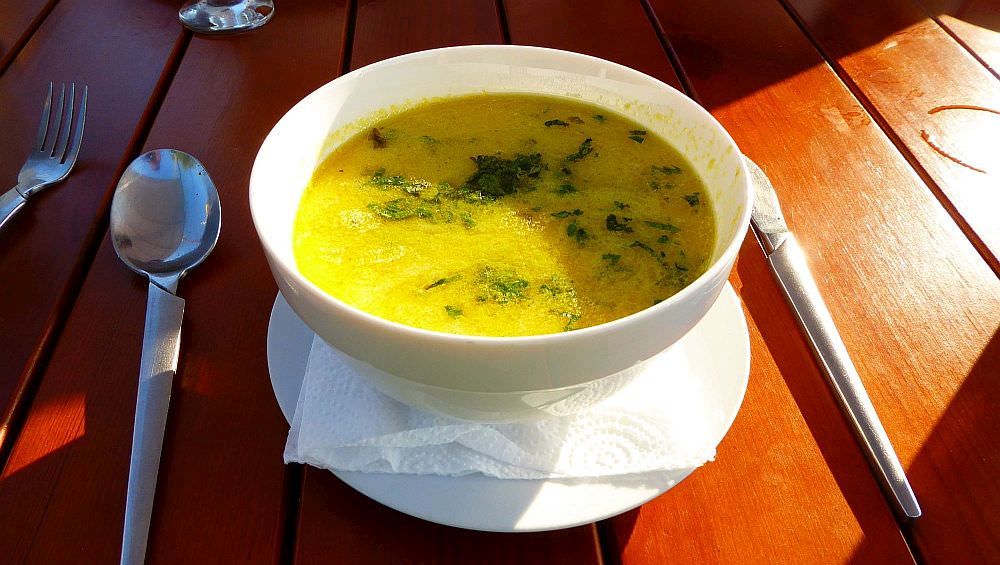
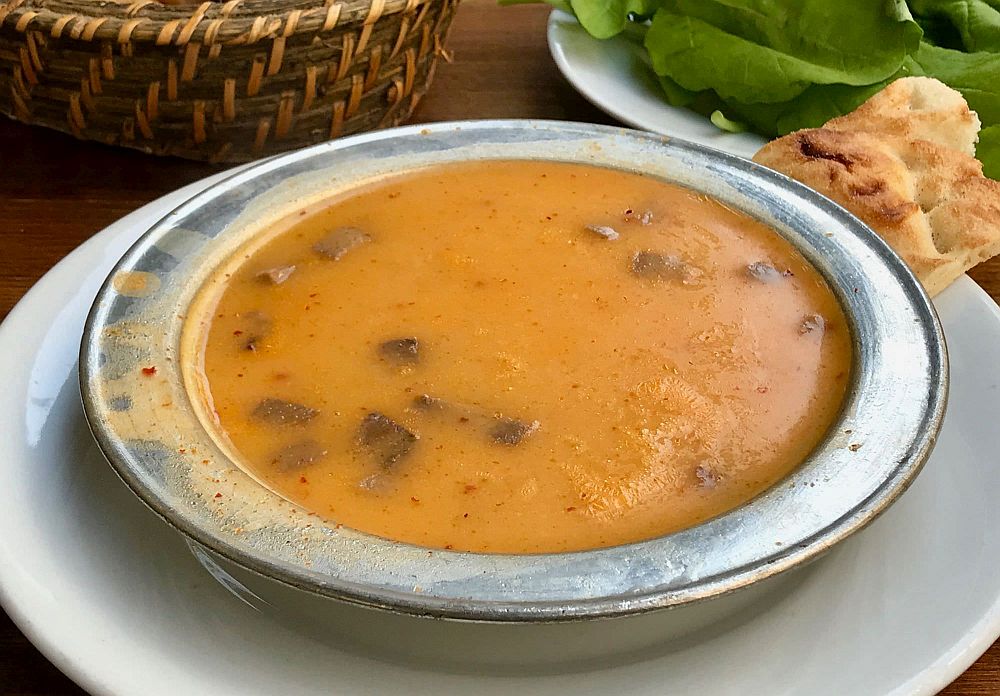
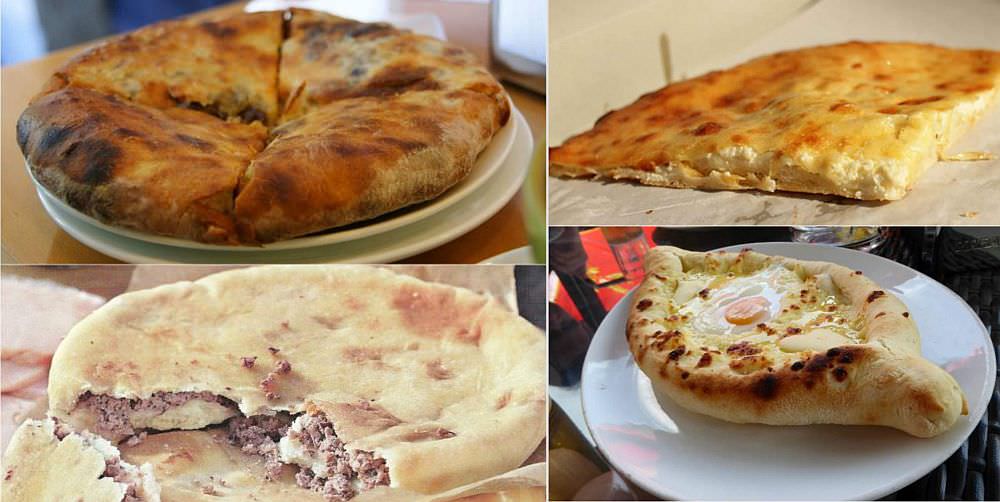
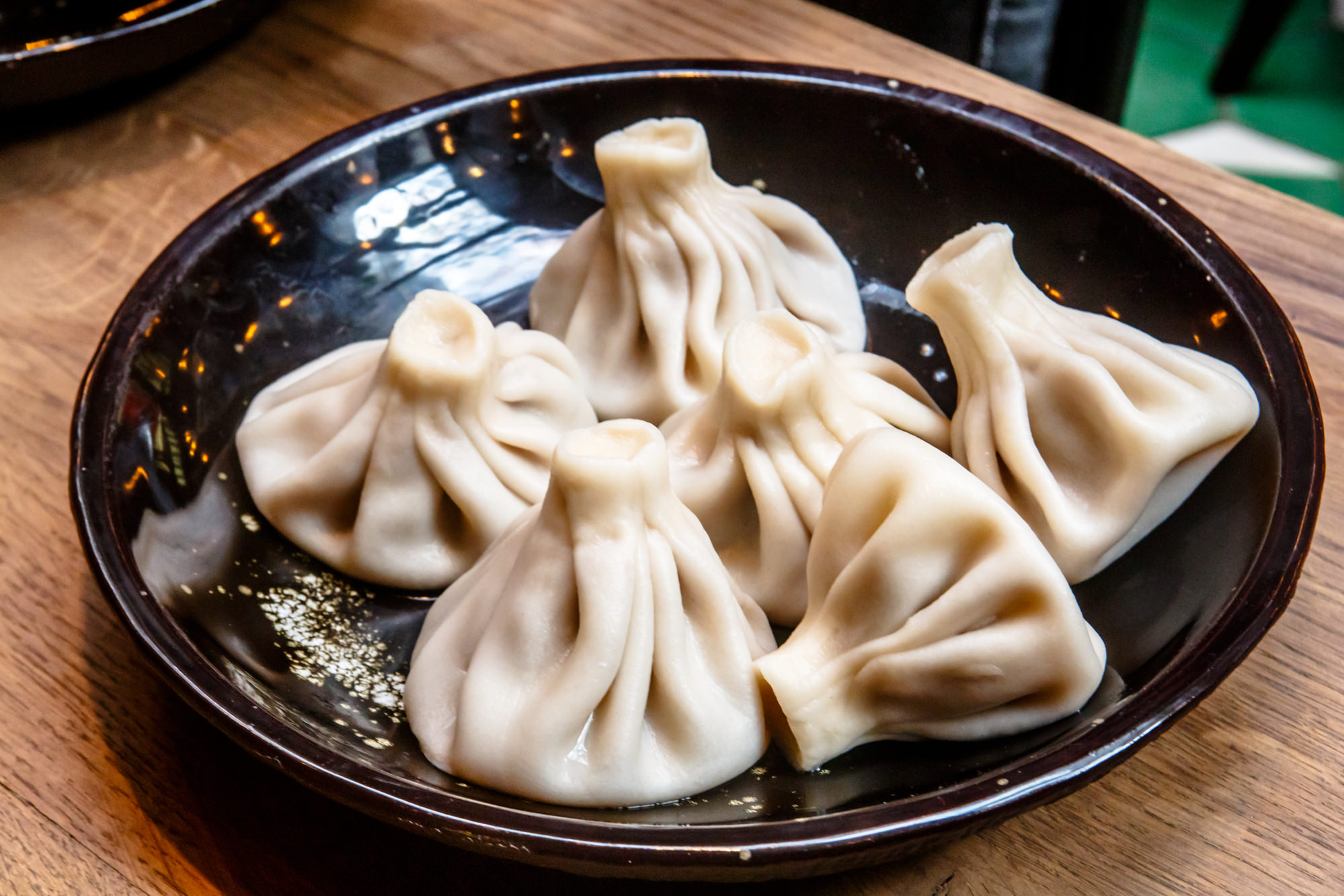
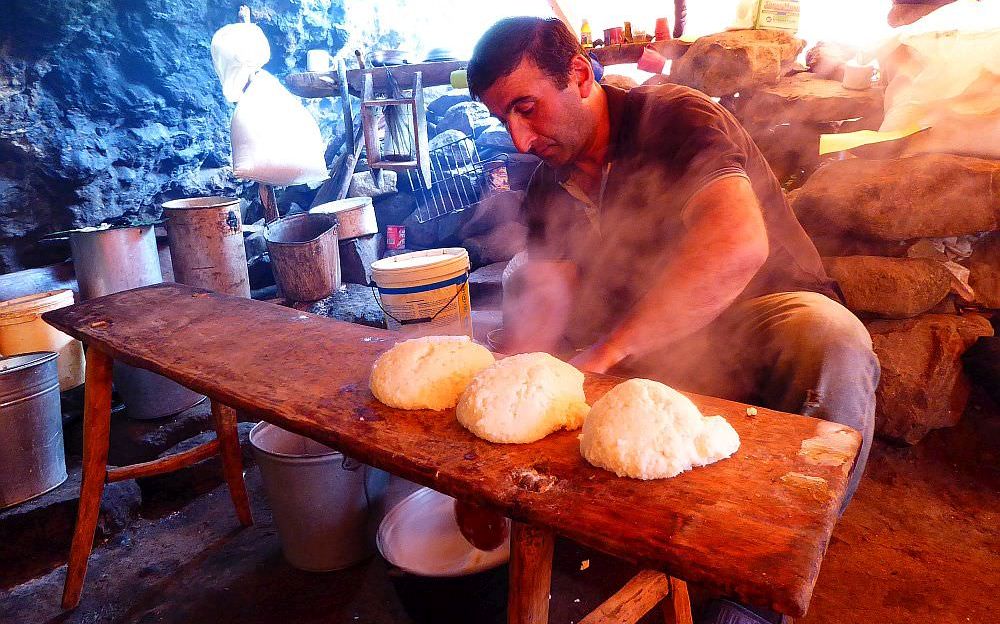
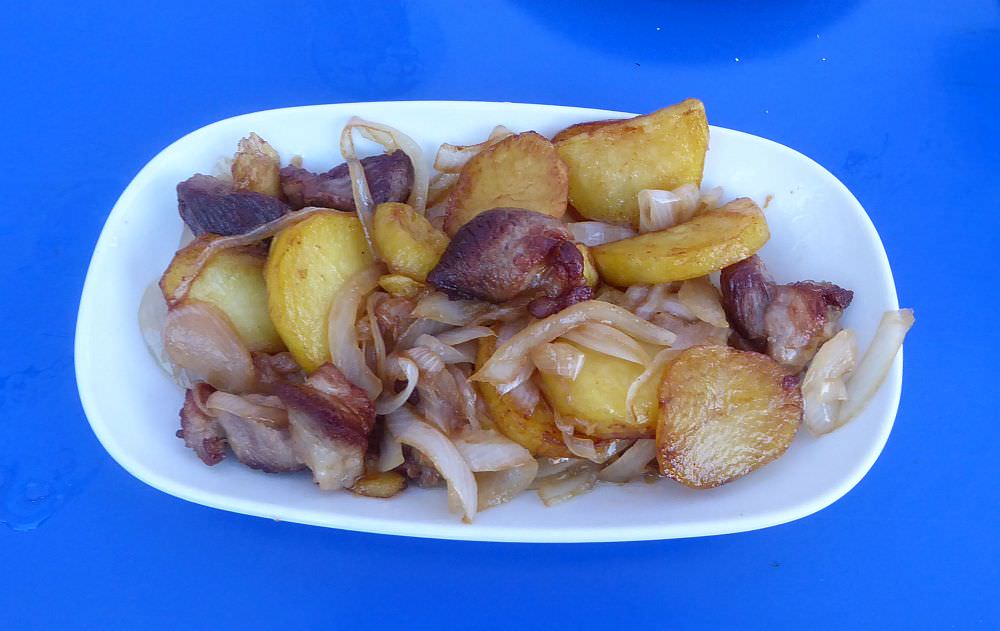
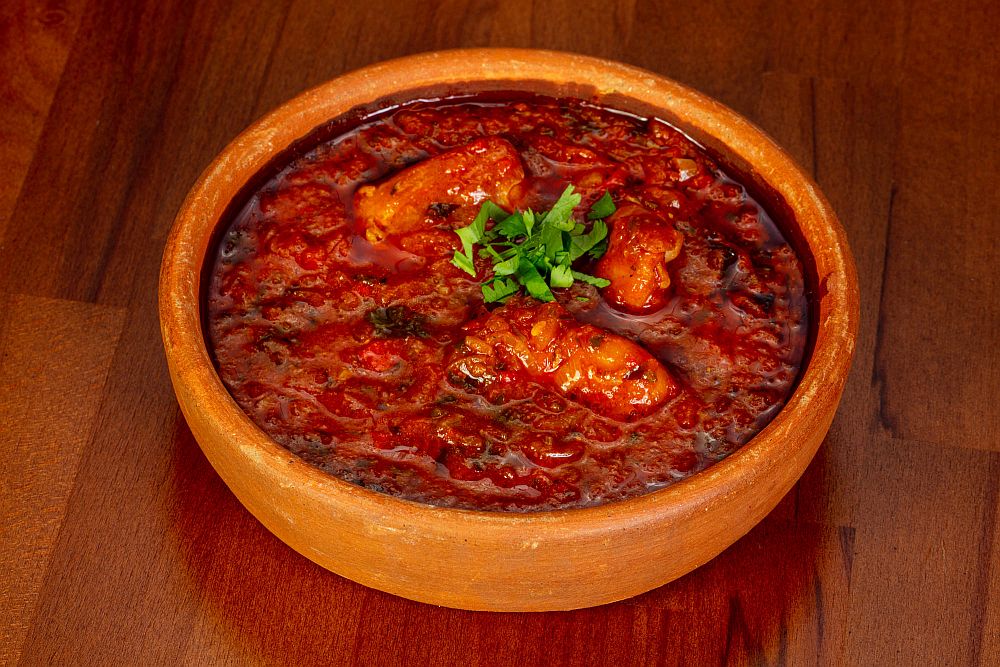
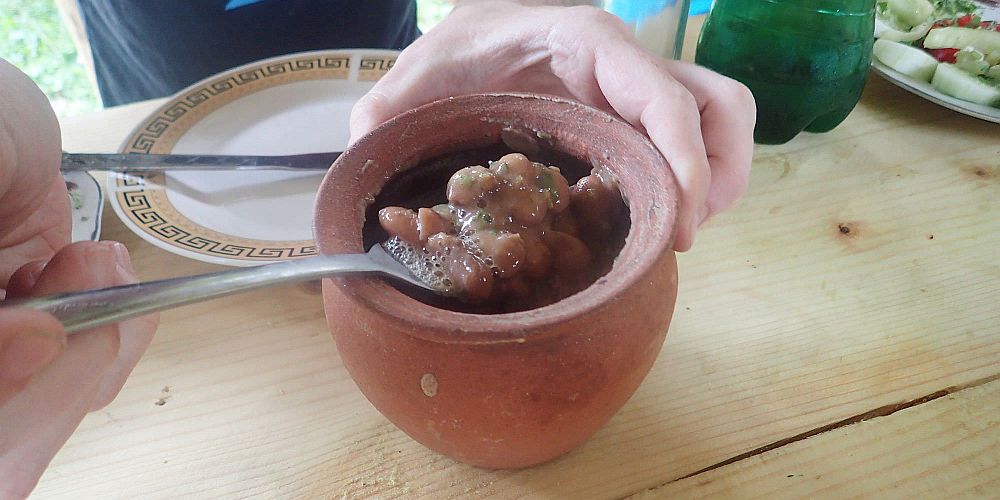
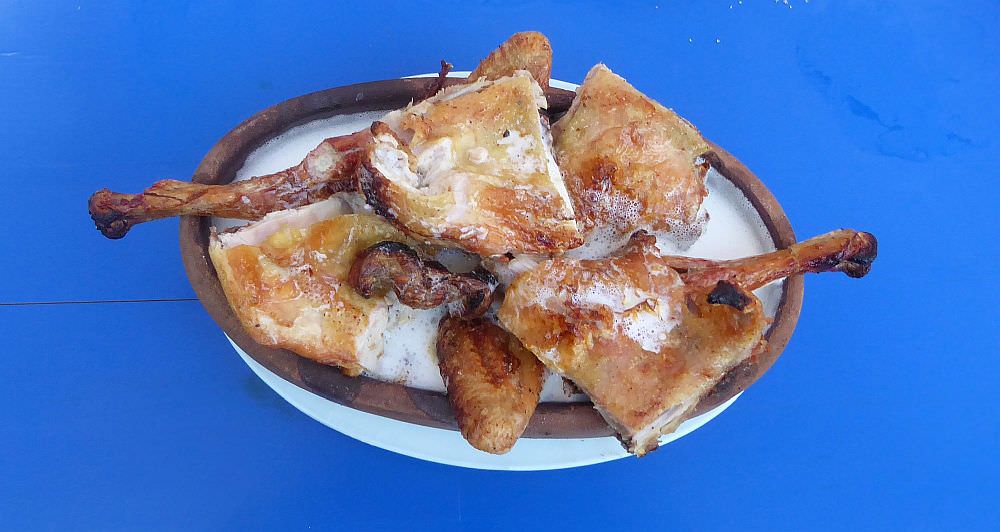
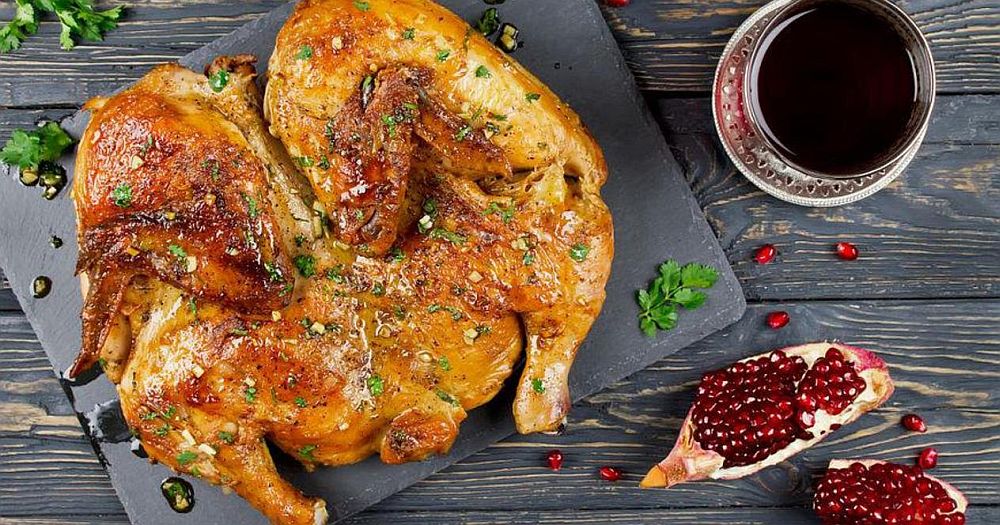
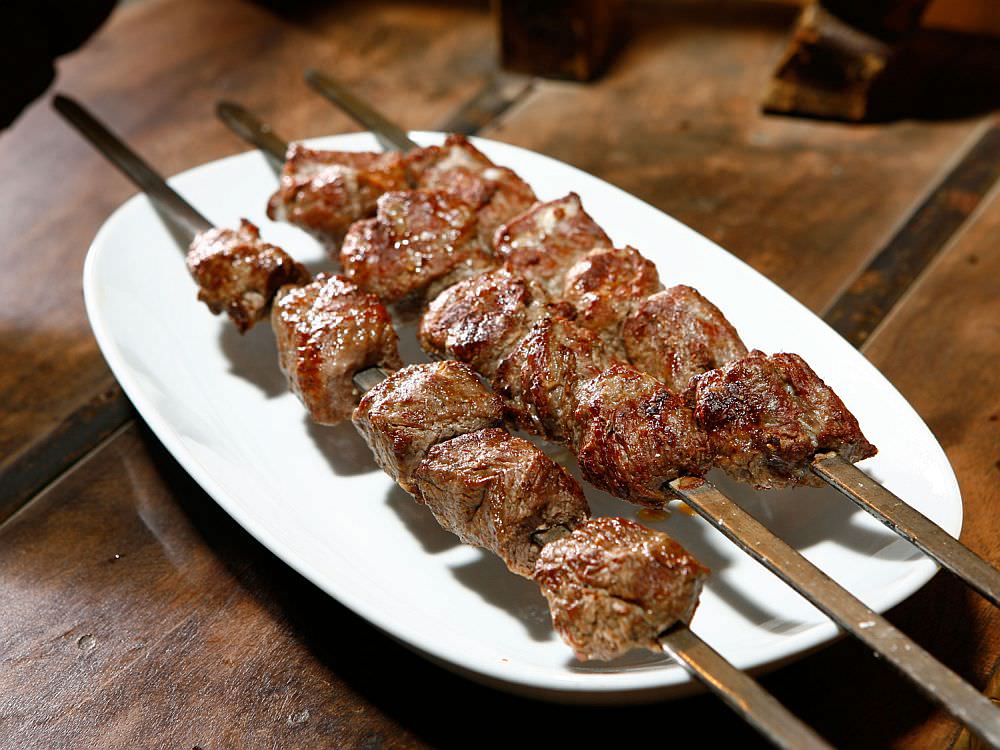
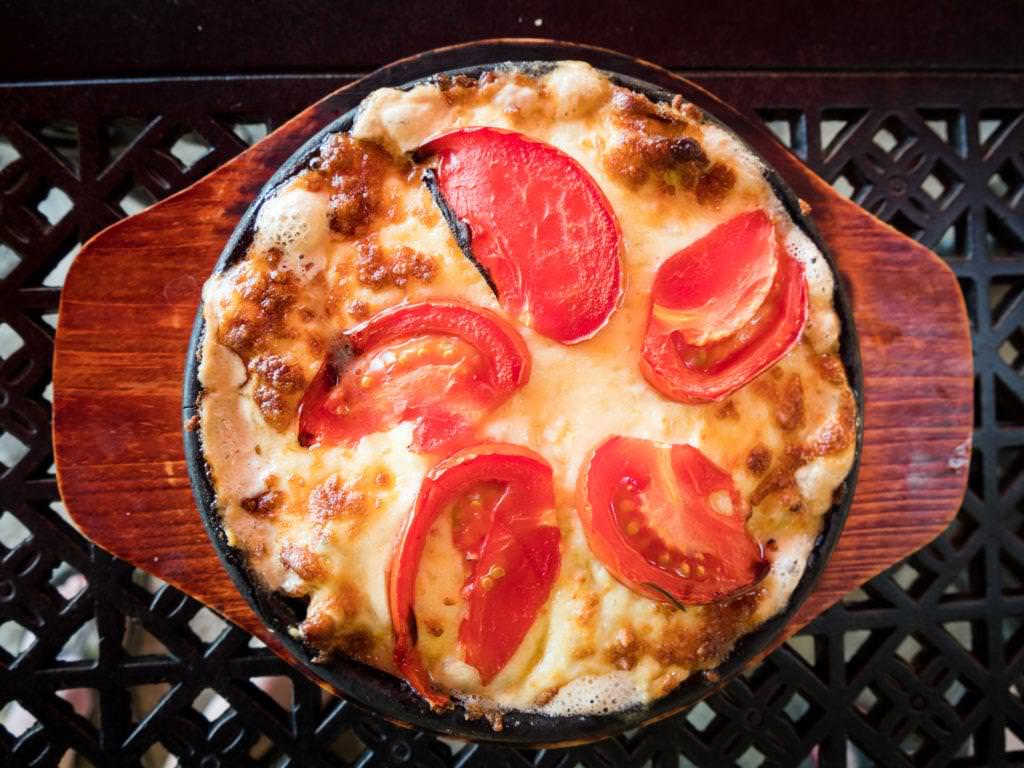
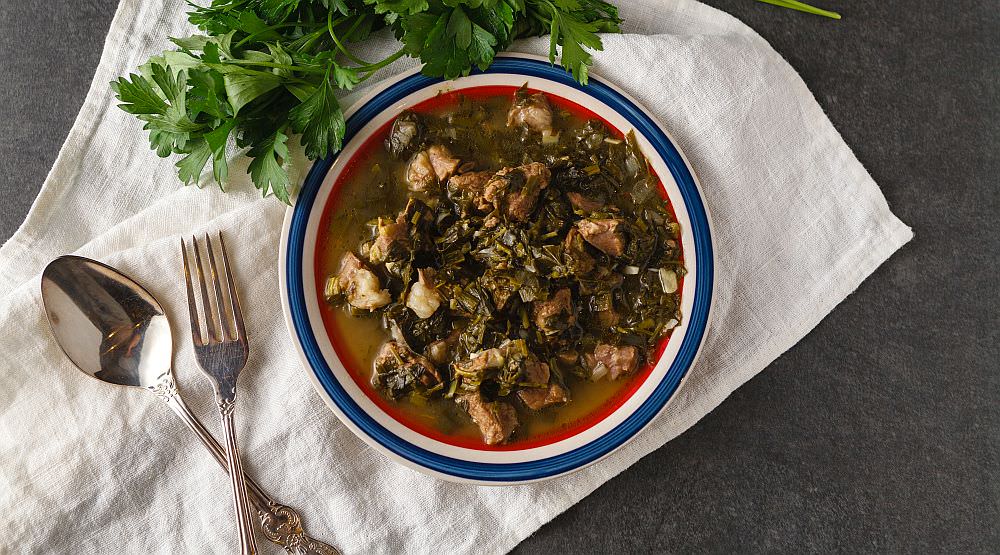
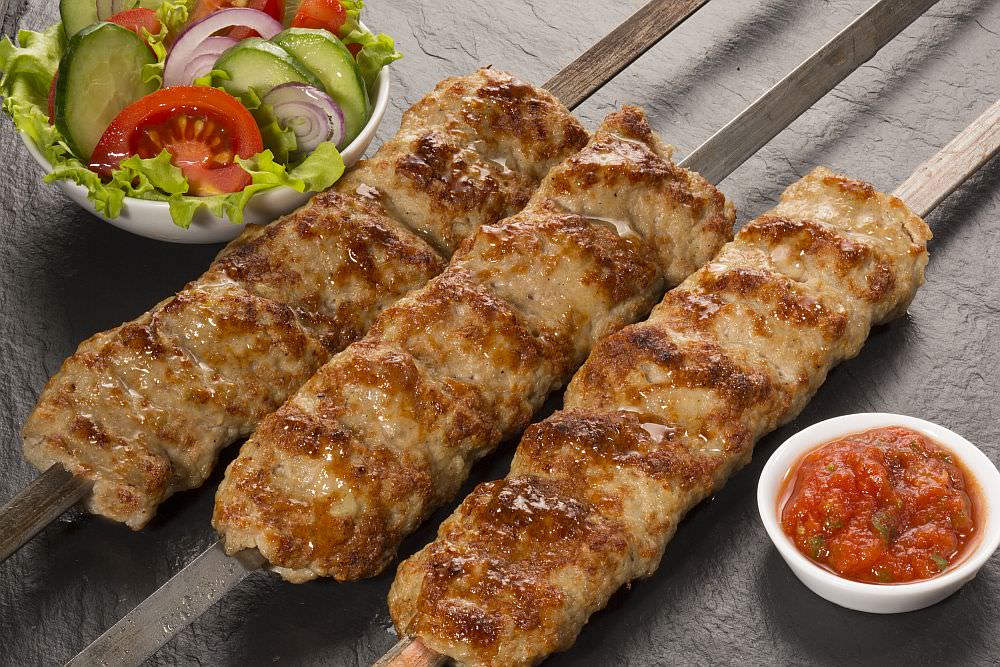
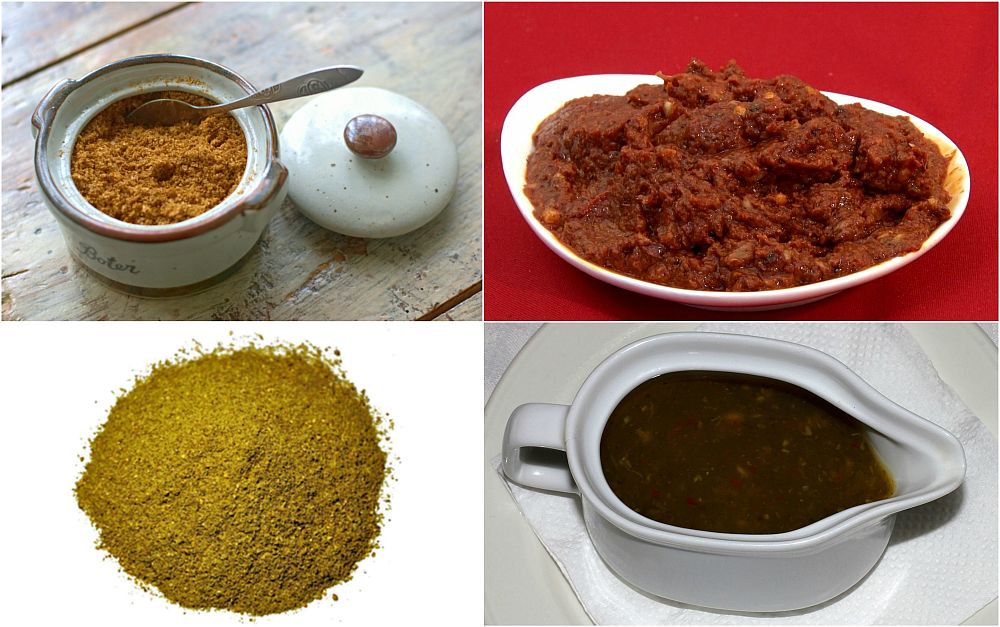
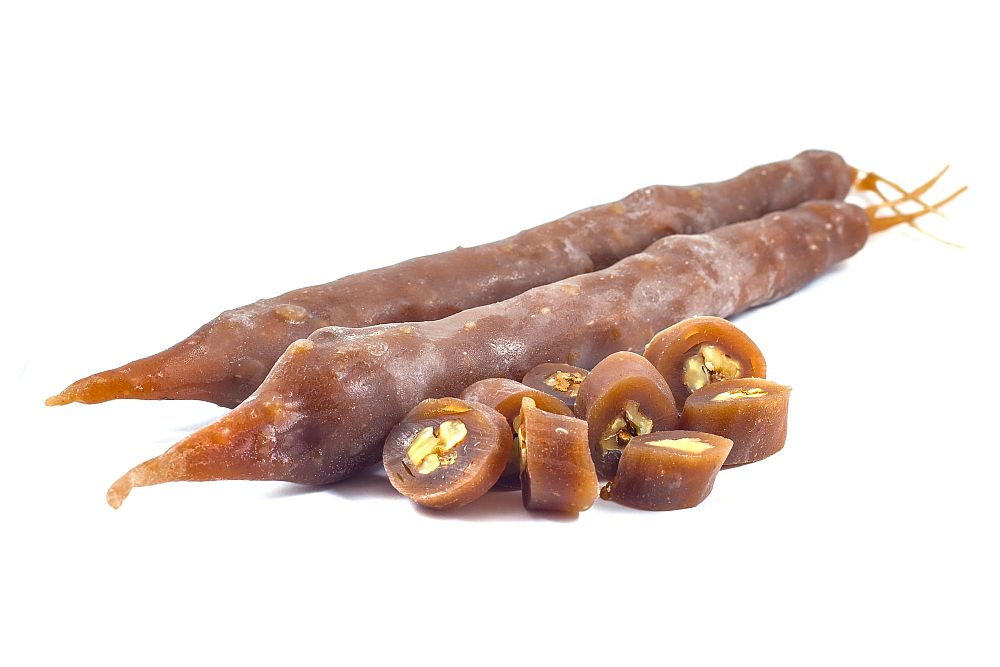
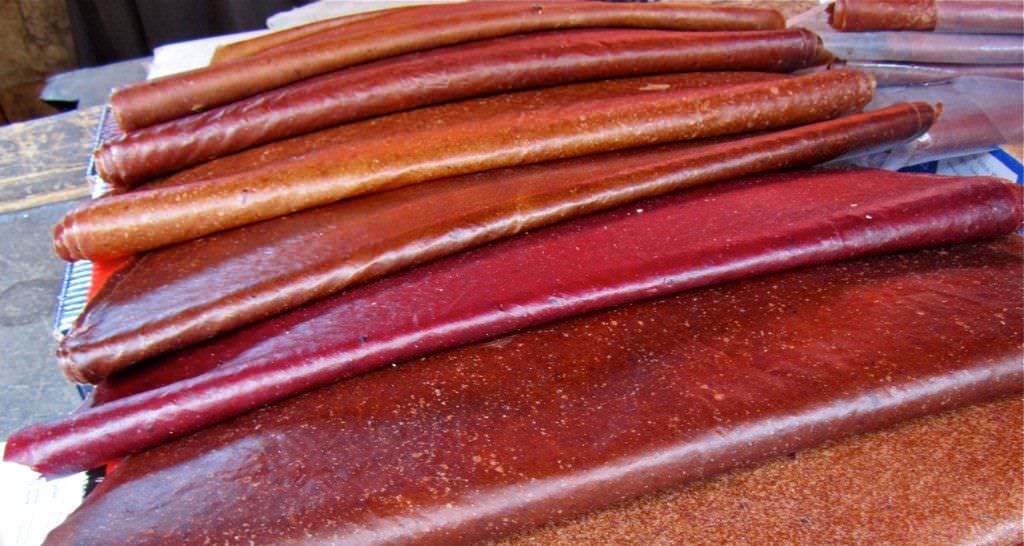
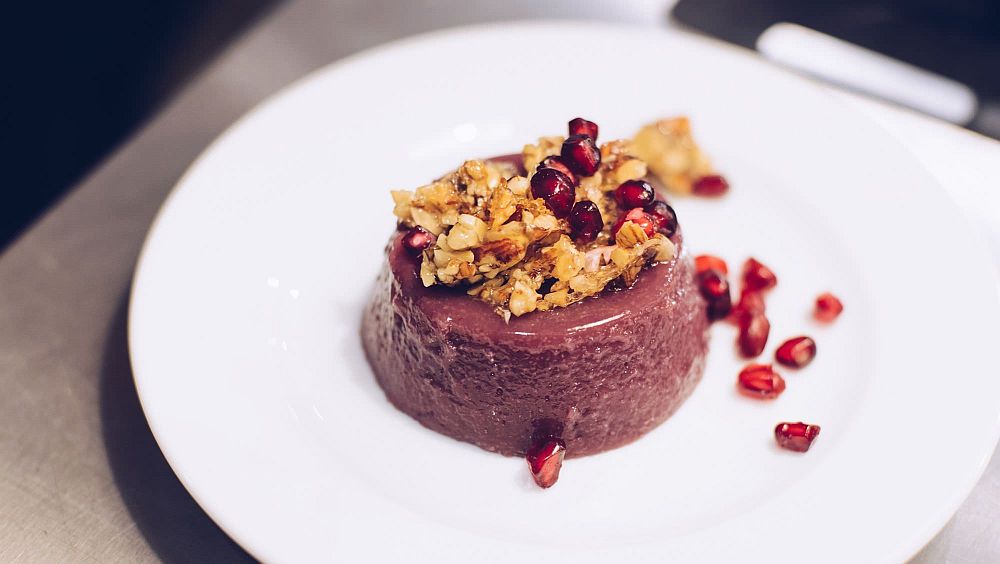
Speaking of the beer, in Georgia are brewed mostly relatively low-alcohol, bottom-fermented beers. They are decent, but nothing to write home about. The most prevalent brands are Natakhtari, Zedazeni, and foreign Heineken. I favored Kazbegi beer, but for some reason, it almost disappeared from the market in the last few years. Also, in the past year emerged in Tbilisi first micro-breweries such as Shaovi Lomi, targeting with their production the more demanding hipster clientele.
If you will be lucky enough to attend supra, you probably won´t be able to avoid spirit called chacha. This term can be used for any fruit distillate, but in Georgia, it usually means grape brandy. But since the most of the production comes from home distilleries, its quality varies quite a lot.
The more luxurious type of chacha is Georgian


